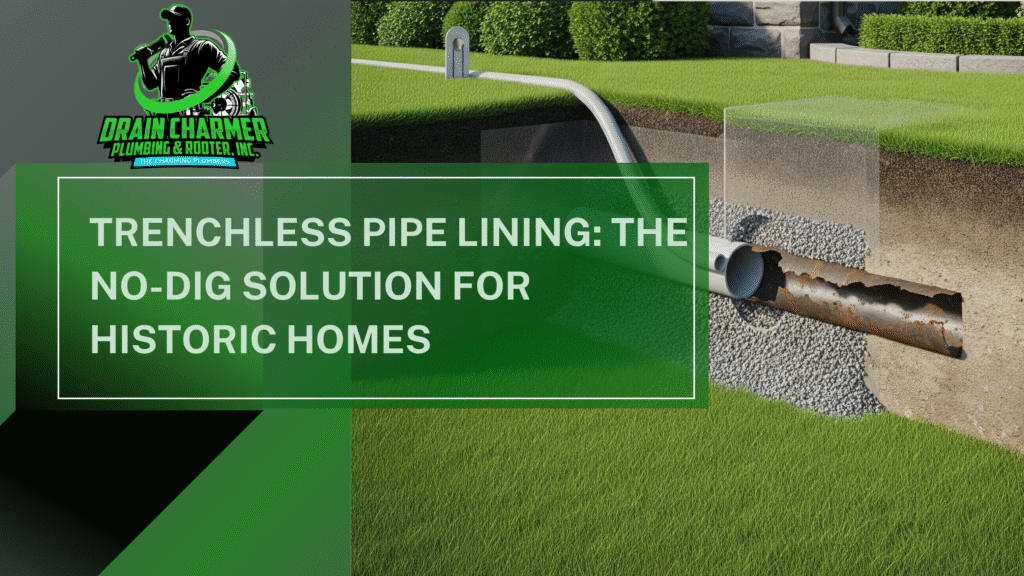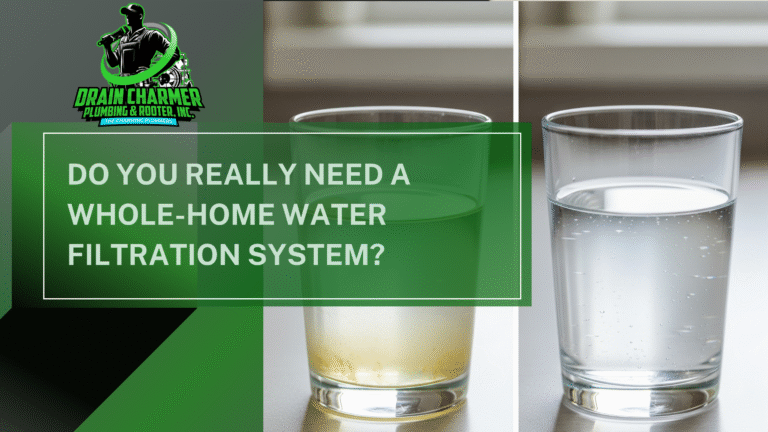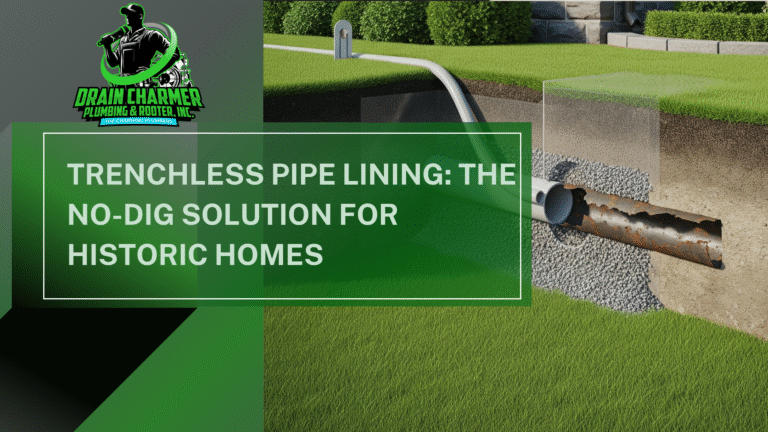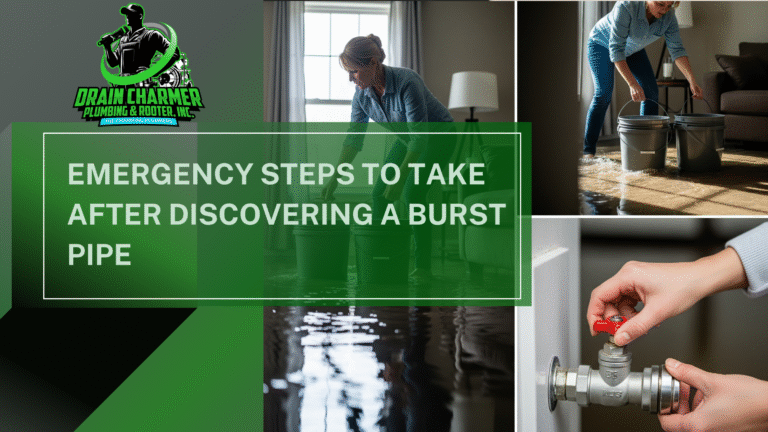Owning a historic home is both a privilege and a responsibility. These properties tell the story of a city’s past, featuring original stonework, mature landscaping, and often intricate architectural details you can’t easily replace. But what happens when the aging pipes under your vintage beauty begin to fail? Digging up the yard, sidewalks, or even inside floors can destroy decades of charm and cost a fortune to restore.
That’s why more homeowners and contractors are turning to trenchless pipe lining: the no-dig solution that repairs damaged sewer and drain pipes without tearing apart your historic home’s surroundings.
Why Older Pipes Fail
Historic homes often have pipes made from:
- Cast iron
- Clay
- Orangeburg (bituminous fiber)
- Galvanized steel
Over time, these materials corrode, crack, or collapse under shifting soil, tree root intrusion, and natural wear. Common signs include:
- Persistent sewer backups
- Slow drains throughout the house
- Wet patches in the yard
- Sewer odors inside the home
Traditional excavation methods replace these pipes by digging a trench from house to street, damaging lawns, gardens, stone walkways, driveways, and sometimes the foundation itself.
What Is Trenchless Pipe Lining?
Trenchless pipe lining, also known as cured-in-place pipe (CIPP), repairs pipes internally:
- A flexible, resin-saturated liner is inserted into the existing pipe.
- The liner is inflated to press the resin against the pipe walls.
- The resin hardens (cures), forming a seamless, durable new pipe inside the old one.
This process requires only a small access hole or cleanout, no large trench across the property.
Benefits for Historic Homes
Protects Historic Landscapes and Hardscapes
No need to dig up:
- Original brick patios
- Mature shrubs and century-old trees
- Historic stone pathways or fences
Your property keeps its historic character intact.
Minimizes Disruption
Traditional pipe replacement can take days or weeks, leaving yards in ruin.
Trenchless lining is often completed in one or two days, with minimal noise and equipment.
Extends the life of Original Pipes
The new liner is smooth, seamless, and corrosion-resistant, extending pipe life by 50 years or more, without removing the original structure.
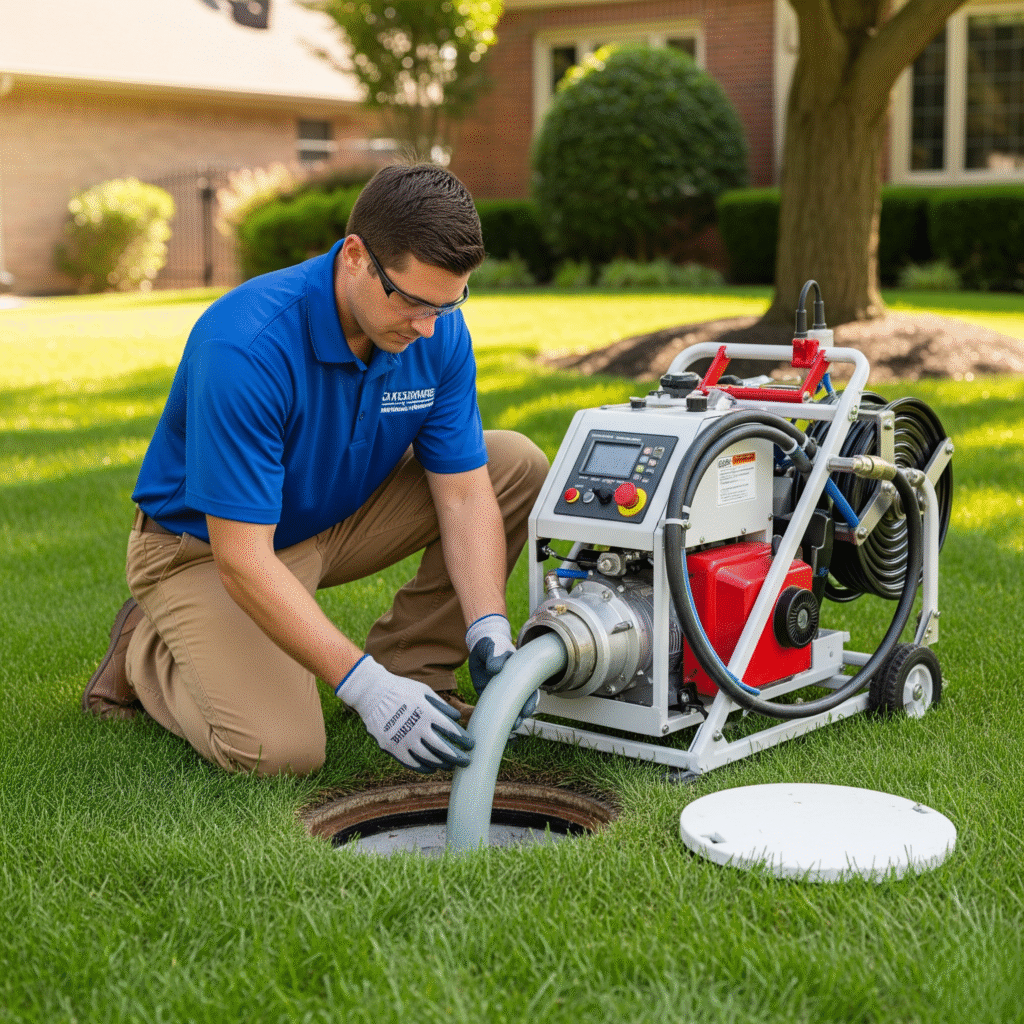
Environmentally Friendly
- Less waste sent to landfills
- Reduced fuel and equipment use
- Protects tree roots by avoiding large excavations
Cost-Effective Long Term
While upfront costs can be similar to digging, you save significantly on:
- Landscape restoration
- Driveway and walkway repairs
- Interior wall and floor patching
The Trenchless Pipe Lining Process
1. Inspection and Cleaning
A camera is fed into the sewer to locate cracks, corrosion, and blockages.
Hydro-jetting removes roots and debris.
2. Measuring and Preparing the Liner
Technicians cut a felt liner to fit the exact length of the damaged pipe.
Resin is saturated into the liner before installation.
3. Inserting and Curing
The liner is inverted or pulled into place and inflated to match the old pipe’s shape.
Heat, steam, or UV light cures the resin, hardening it into a durable pipe.
4. Final Camera Inspection
A second camera pass ensures the new liner is properly bonded and leak-free.
Is Trenchless Lining Right for Every Historic Home?
Trenchless lining works best when:
- The existing pipe isn’t completely collapsed.
- There’s an accessible cleanout or a small area to dig an entry pit.
- The alignment and slope of the pipe are adequate.
For pipes with extreme displacements or total collapses, partial excavation may still be needed.
Common Questions from Historic Homeowners
Will the liner reduce water flow?
The liner is only about ¼ inch thick. Because it’s smooth and seamless, water often flows better than before by eliminating snags and root intrusion.
Does it work on clay pipes?
Yes! Clay is very common in historic homes, and trenchless lining reinforces it from the inside, sealing cracks and gaps.
Will it damage my landscaping?
No major trenches are needed. At most, a small access hole near the street or on the basement floor may be required.
Choosing a Contractor for Historic Properties
When selecting a trenchless lining professional:
- Ask about experience with older homes.
- Request references and before-and-after videos.
- Confirm they’re licensed, bonded, and insured.
Historic homes often have unique plumbing layouts and fragile pipes; experience matters.
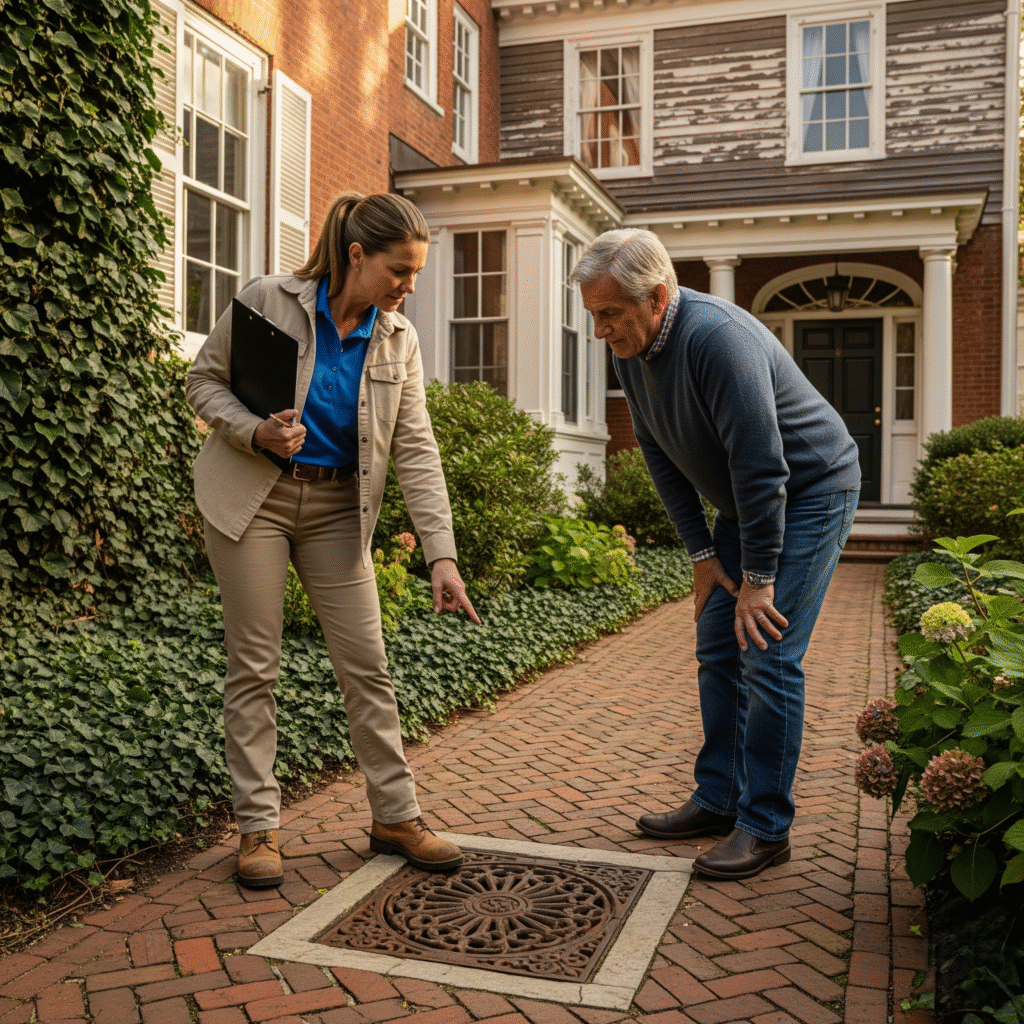
Conclusion: Modern Solution, Timeless Charm Preserved
Trenchless pipe lining brings together modern technology and historic preservation.
It repairs aging pipes from the inside out, protects irreplaceable features, and keeps your home’s historic character intact, all without the mess of digging.
For homeowners who love the past but want reliable plumbing for the future, trenchless lining is truly the no-dig solution that respects history while providing modern peace of mind. Contact us today!

